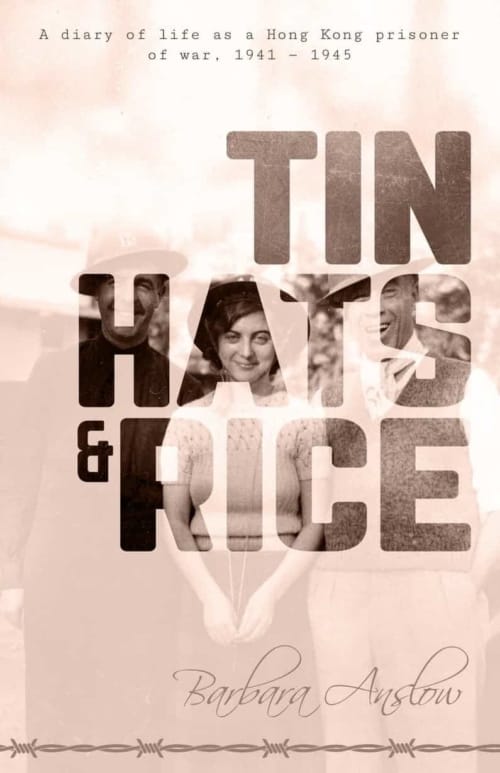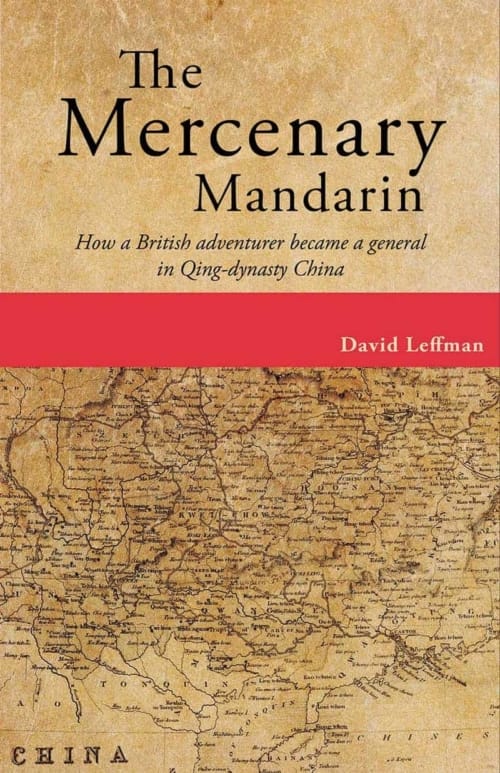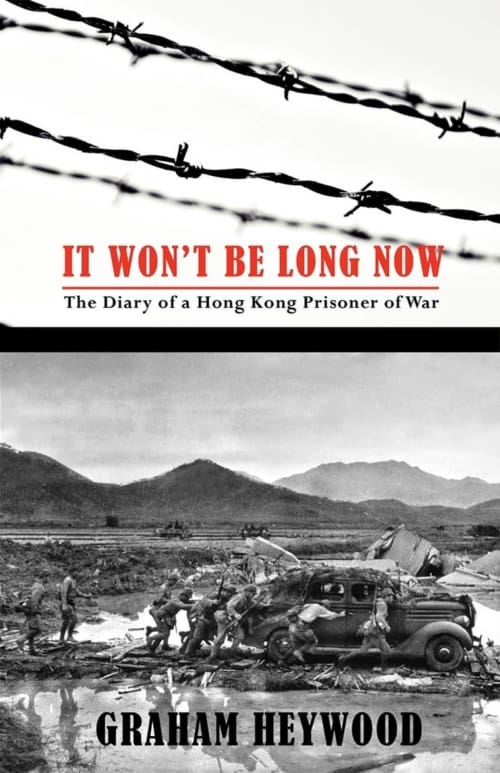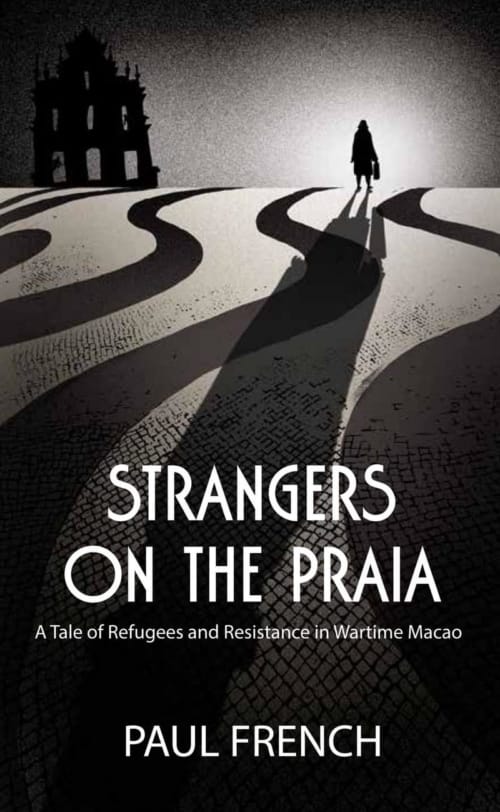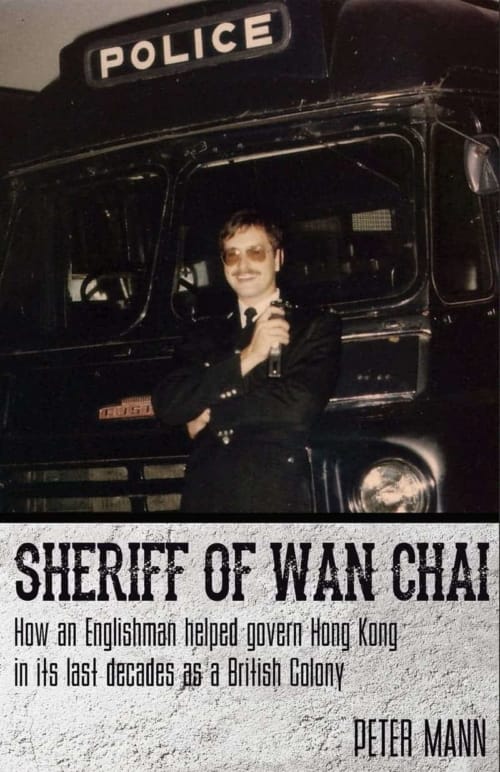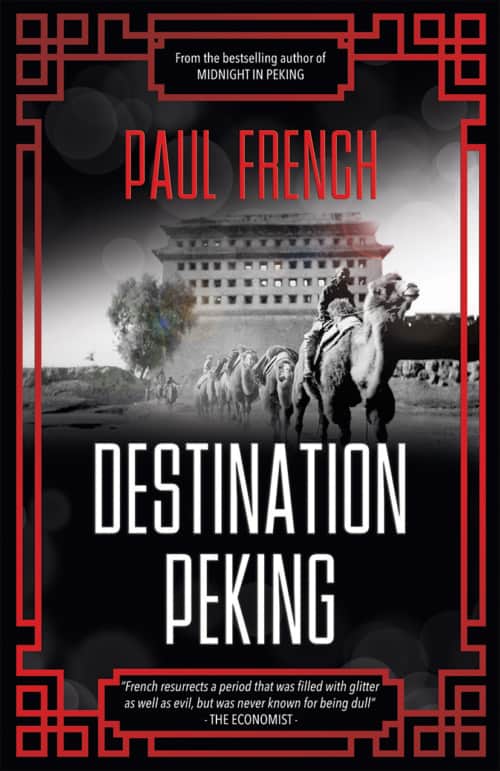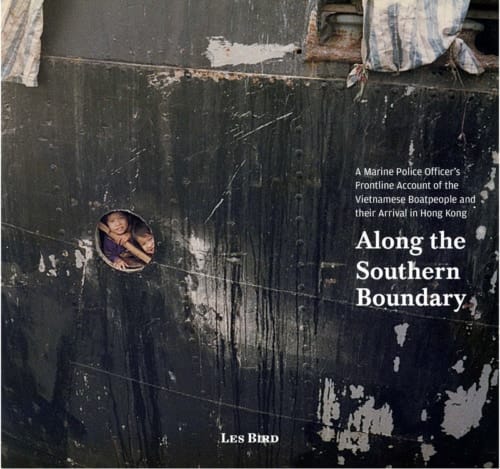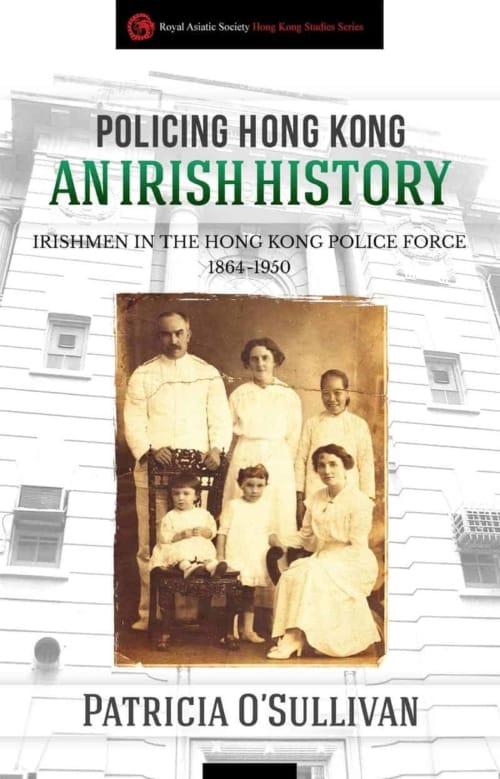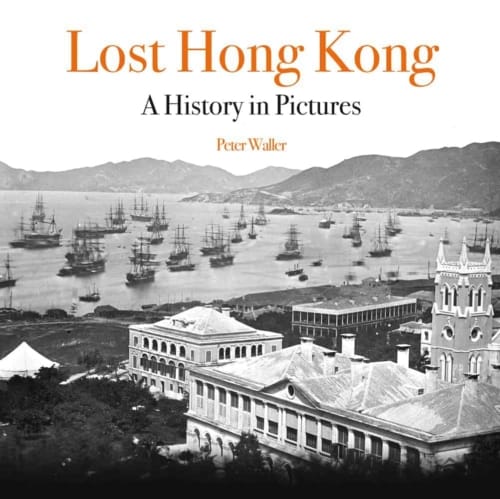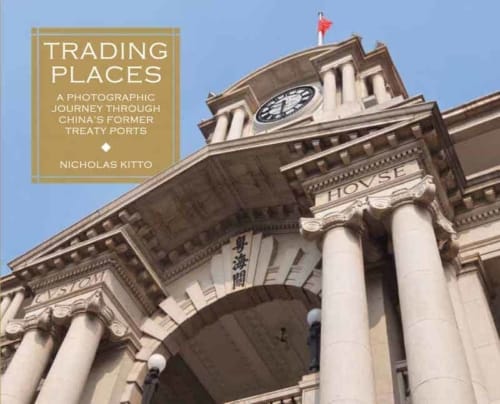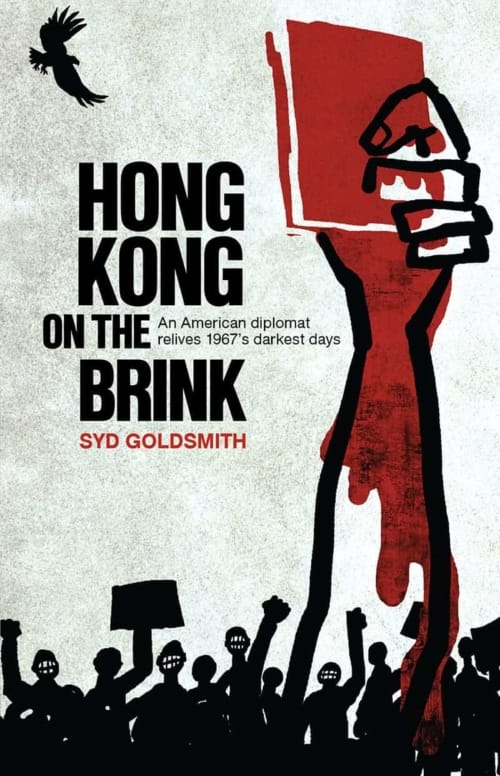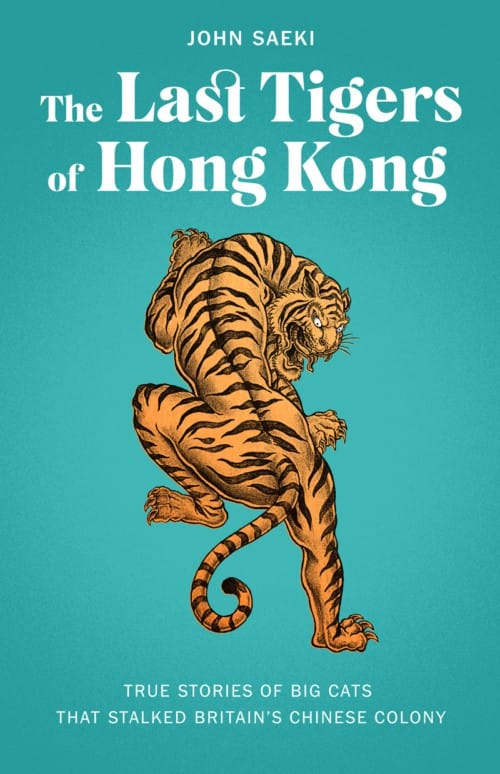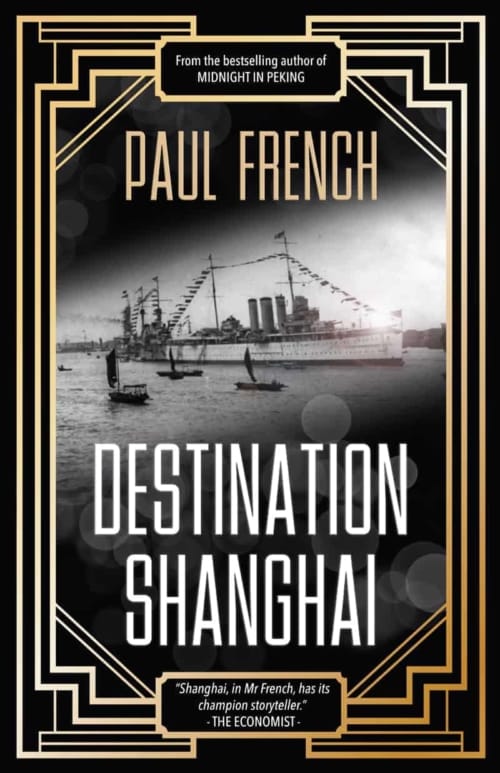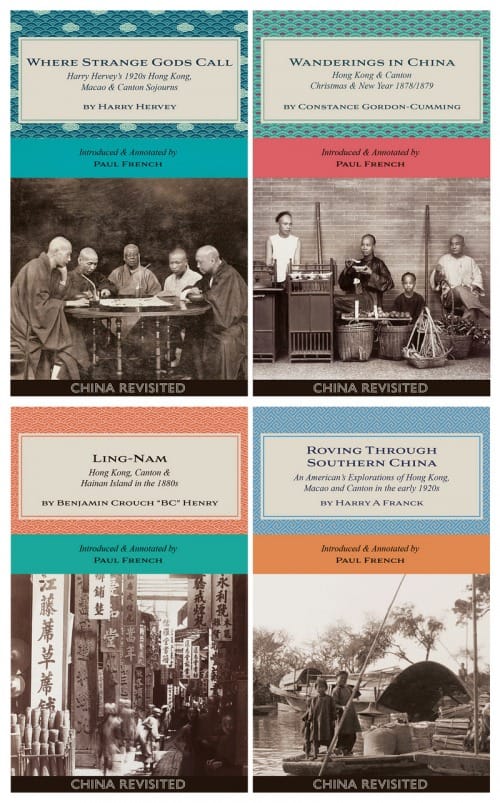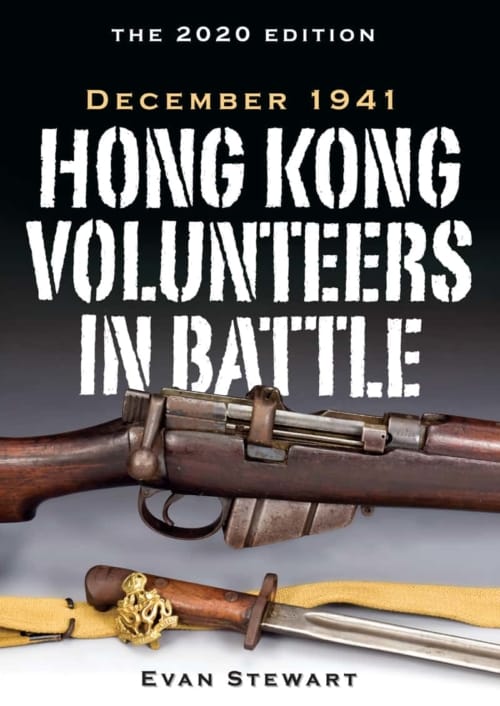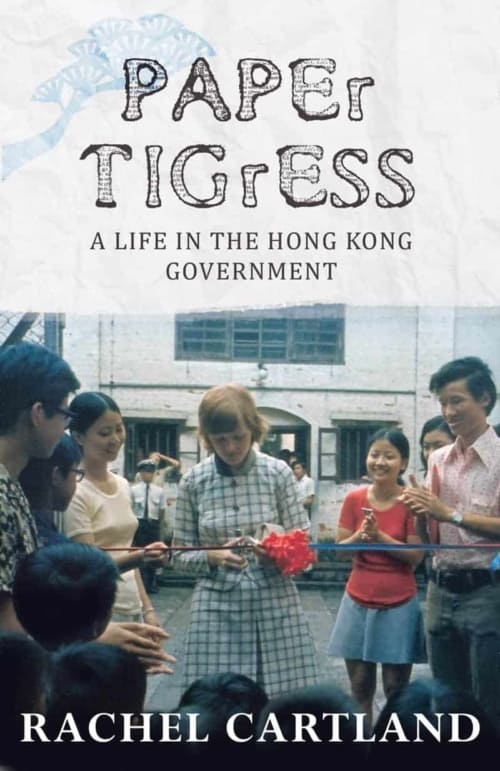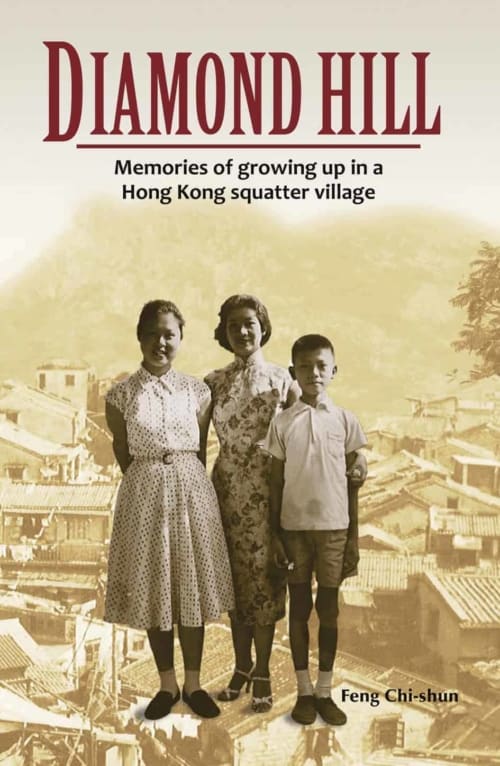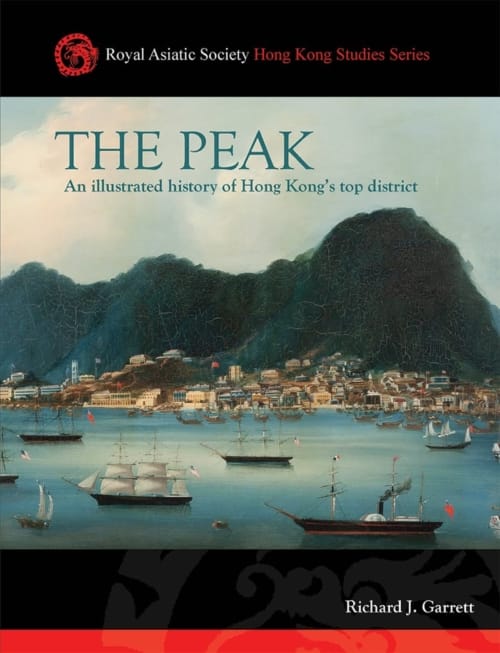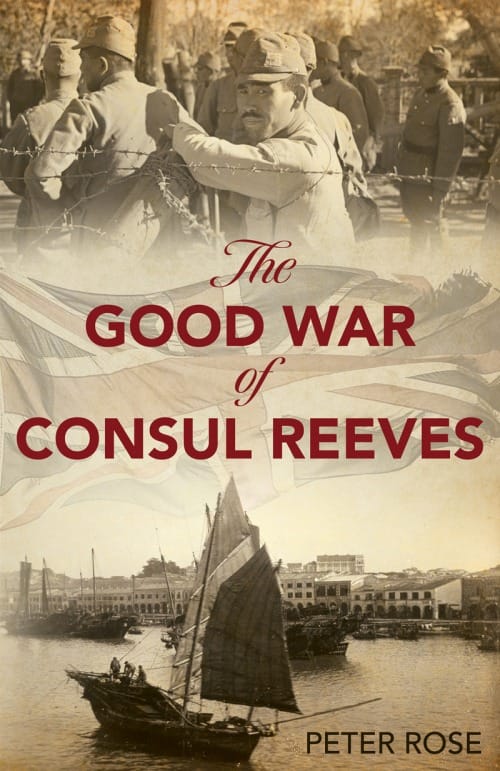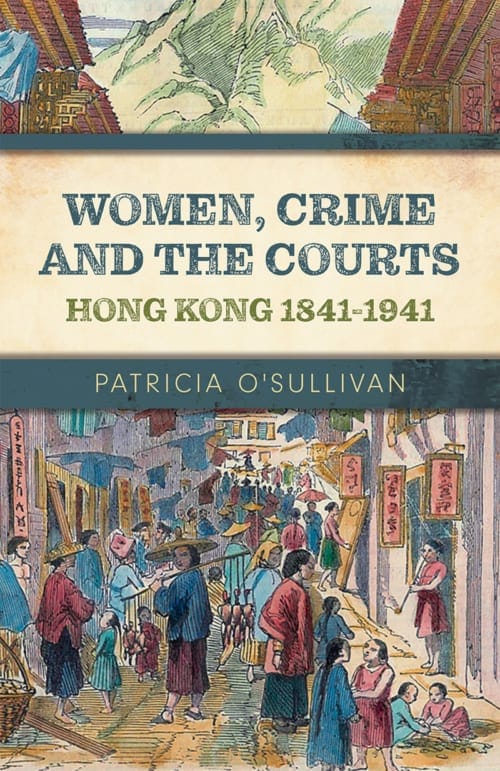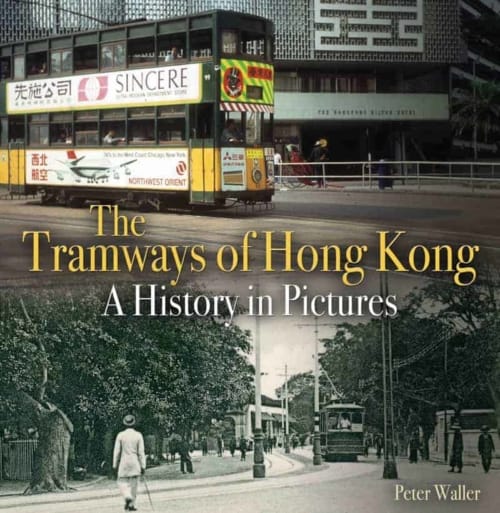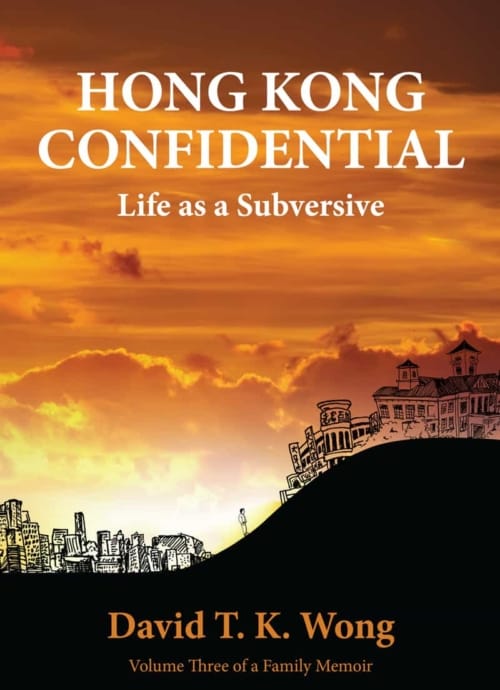The book you are holding contains secrets and stories about Hong Kong that have never before been published. Prepare to have your preconceived notions of this bustling Asian financial hub butchered as you journey through crevices, enter hidden portals, clamber over barbed-wire fences, evade security guards and infiltrate derelict structures to travel back in time. Your hosts are an anonymous grassroots squad of explorers who will show you a side of Hong Kong only a specialist minority know about.
Although the city has some of the most expensive property on the planet, an unknown world awaits beyond the shimmering skyscrapers and under the glitzy malls. This is the hidden kingdom of non-spaces: environments and structures that lie fallow, usually abandoned and left to rot, or suspended in limbo awaiting evictions and demolition. The HK Urbex crew – a covert collective of urban explorers whose exploits merge archaeology, ethnography, historiography and anthropology – unearth dead zones on the periphery of the city. They invite you to explore haunted schools, rummage through old crime scenes, reconnoitre condemned buildings and uncover the scraps of modernisation which won’t be recorded in history books.
So come inside, confront the aesthetic of loss, discover the value of dead architecture and see Hong Kong as you’ve never seen it before.

